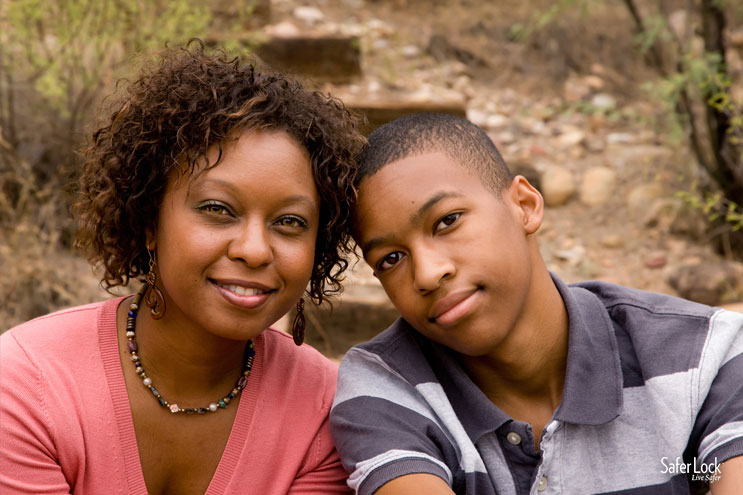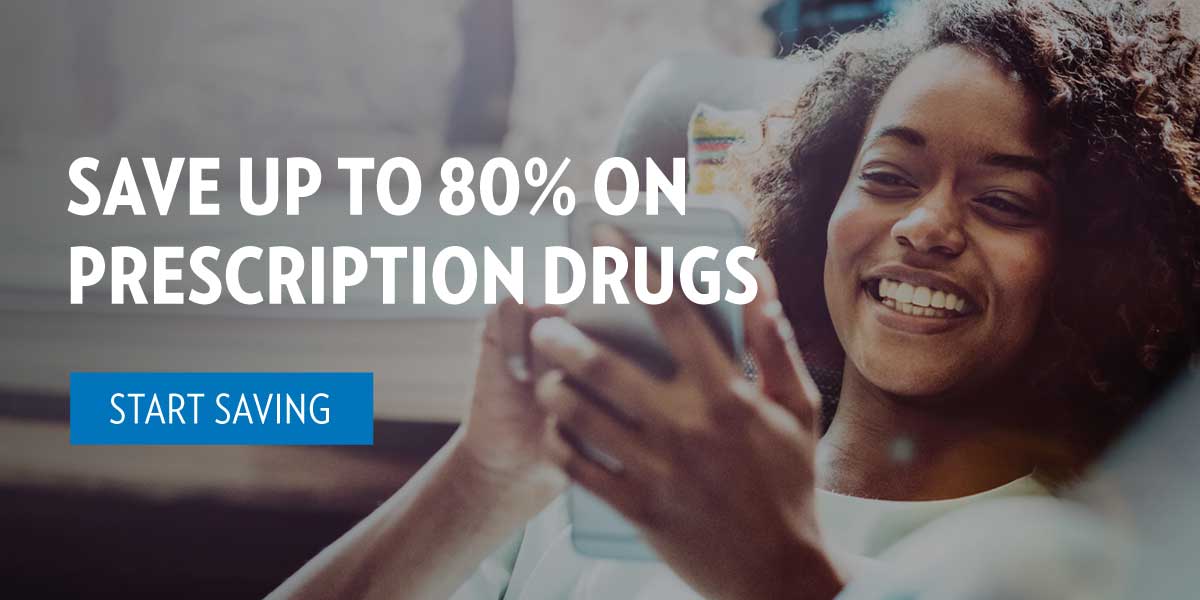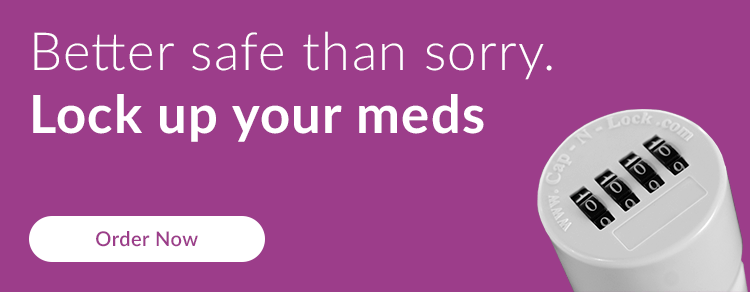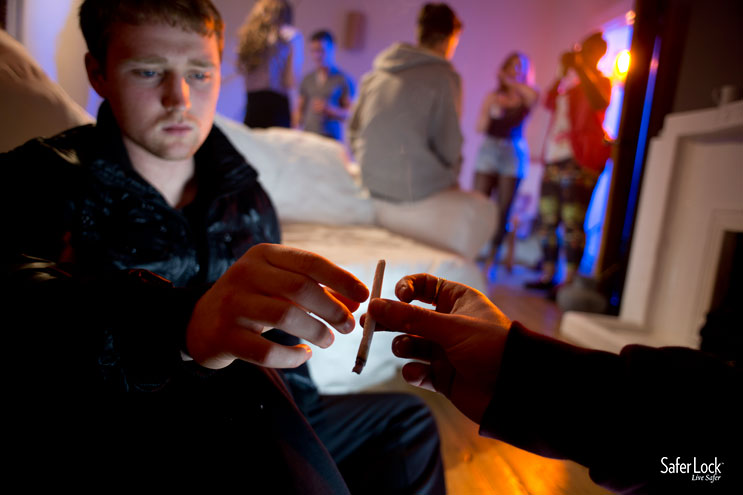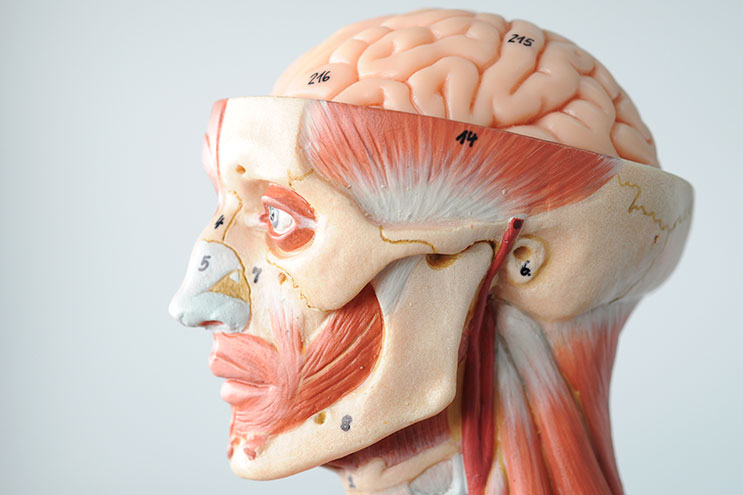If you have teenagers in your home, you need to know the startling facts about teen drug use and abuse. You may think it can’t happen to your kid, but it can.
The truth is, teen drug abuse is still claiming lives and shattering families in record numbers. The good news is, once you know what drugs your teen is most likely to be faced with, and where those drugs are coming from, you can take real steps to safeguard your family. If you have a teenager in your home, keep reading…
Because these are 15 facts about teen drug abuse that you absolutely need to know.
1. Teen Drug Abuse Can Happen in Your Home
By the twelfth grade, about half of all teenagers report having used an illicit drug at least once. One in four teens will misuse a prescription drug at least once. The “not my kid” line of thinking can blind you to the signs and signals that your teen may be experimenting with drugs, and could come at a great price. The numbers don’t lie: teens are still trying drugs, just like they have for decades before. So you need to know exactly what drugs your teen is most likely to try.
2. Teens No Longer View Marijuana as a Harmful Drug
The increased legalization of cannabis for recreational and medicinal reasons is having an impact on the way your teens view smoking weed. Over 20% of 12th graders report using marijuana within the past month, and 6% of those admit to daily use. What these teens may not realize is that regular marijuana use has a negative effect on developing teen brains, and can result in lower I.Q. points. The conversation parents have with their teens about smoking weed has changed; with an emphasis on “just wait until you are older,” rather than “just say no.”
3. The Family Medicine Cabinet is Your Teen’s Drug Supplier
After marijuana, the most commonly abused substances by U.S. teens are prescription and over-the-counter drugs. You may not even realize it, but you could be unwittingly supplying your teen and their friends with everything they need to get high if your medicine cabinet is well stocked and under-supervised.
4. Teens are Using ADHD Meds as Study Aids
One in eight teens reports using a stimulant meant to treat ADHD, such as Adderall and Ritalin, at least once. These medications are often misused by students who think the drugs will improve their academic performance. Teens who may feel compelled to try these drugs may be the top performing, head of their class, studious kids that would normally not consider taking drugs just to get high. If you are a parent of an over-achieving teen, who feels pressured to perform well at school, you may need to watch for the signs of prescription drug abuse.
5. Prescription Drug Abuse is Officially an Epidemic
The Centers for Disease Control and Prevention (CDC) has officially declared prescription drug abuse to be an epidemic in the U.S. According to the Center for Lawful Access and Abuse Deterrence (CLAAD), an average of 1,350 people aged 12 or older misuses a prescription pain medication for the first time every single day.
6. Increased Opioid Use is Leading to More Heroin Use
The nonmedical use of opioids is a big risk factor for heroin use. Researchers have found that more than 75% of high school heroin users also regularly misused prescription opioids. The main sources for these prescription painkillers is family, friends, and personal prescriptions. Both opioids and heroin affect the brain in the same way, and both are equally as addictive and potentially as lethal.
7. Opioid Overdose Deaths have Tripled
In the last decade, the amounts of opioid related deaths has tripled. Women are at a greater risk of death by overdose. The number of women who have lost their lives to an opioid overdose has increased by 415% in that time. Pharmaceutical overdose deaths are now considered one of the leading causes of death by the CDC, and even outnumber gun deaths and death by motor vehicle accidents.
8. The Drugs Most Abused by Teens are Most Likely Already in Your Home
The prescription drugs that are most commonly abused by teens are opioid pain relievers, such as Oxycontin or Vicodin; central nervous system depressants (anti-anxiety) drugs, such as Xanax or Valium; and stimulants for treating ADHD, such as Ritalin, Concerta, or Adderall. The most commonly abused OTC drugs are cough syrups and cold medicines containing dextromethorphan (DXM).
If you look inside your medicine cabinet right now, there is a good chance that you have at least one of these medications already in there. Even if you don’t have any prescriptions in the home, DXM is found in over 120 OTC medications, and can be purchased at a grocery store near you.
9. Teens think Medicines are Safe
More than 25% of teens think that using prescription drugs to get high is safer than illicit street drugs. More than 33% of teens think it’s harmless to use prescription drugs that were prescribed for someone else if they need them for an injury, illness, or for pain. What these teens mistakenly believe is a safe way to get high or medicate themselves can have deadly consequences.
10. The Brain Doesn’t know the Difference between Meds and Drugs
Prescription and OTC drugs act just like illicit drugs in the brain. ADHD medications act on the same neurotransmitters in the brain as cocaine. Opioid pain relievers attach to the same cell receptors as heroin. Anti-anxiety medications produce the same effects as GHB. And the dextromethorphan in cough syrup, when taken in large amounts, acts on the same cell receptors and can produce the same out-of-body experiences, as PCP and ketamine.
11. Opioids are Highly Addictive
A teen may start using prescription pills occasionally and recreationally, sneaking a single pill now and then from the family medicine cabinet, and not knowing how highly addictive opioids can be. Over 2 million people in the U.S. are addicted to prescription opioid painkillers.
12. OTC Meds are More Dangerous than You Know
Cold medicines and cough syrups containing DXM or codeine can be highly addictive and lead to medicine poisoning and overdose deaths. In order to get high from these OTC medicines, teens often take multiple doses at one time, even drinking multiple bottles of cough syrup at once. This kind of abuse can lead to impaired motor function, nausea and vomiting, increased heart rate and blood pressure, and numbness. If the medicine also includes acetaminophen, liver damage can occur. And cold medicines that combine DXM with decongestants can lead to severe respiratory depression, lack of oxygen to the brain, and brain damage.
13. Many Parents are Simply Unaware of the Danger
Teens are not the only ones who are unaware of the dangers of misusing prescription or OTC drugs. Nearly one-third of parents believe that a stimulant such as Ritalin or Adderall can improve a teen’s academic performance, even if the teen does not have ADHD. If these parents knew that the drugs acted in their teen’s brains in the same way cocaine does, they may have a difference of opinion. For teens who want to misuse prescription and OTC drugs, the medicine cabinet at home is their number one access point. Many parents simply do not realize that they are providing everything they need for their teens to get high. If they did know, parents would lock up prescription and OTC medications with locking medication storage options that limit teen access to the meds in the home.
14. Teens are More Susceptible to Drug Abuse and Addiction
One of the biggest risk factors for addiction is early exposure to drugs. At first, a teen may sneak only one or two pills from an unlocked and unsupervised medicine cabinet at home. But the unique way that a teen’s brain develops makes it more susceptible to addiction. And the more a teen experiments with or misuses drugs at an early age, the greater their chance of addiction. The teen brain is simply primed for addiction, and any kind of drug use is a risk factor that can’t be ignored.
15. Know the Signs of Teen Drug Abuse
Even parents who keep a tight lock on the medications within their home should be aware of the signs of teen drug use. You may lock up your meds, and properly dispose of expired or unneeded medications, but that doesn’t mean everyone else is doing the same. Your teen can just as easily access a prescription drug from the medicine cabinet of a friend, neighbor, or relative, too.
Knowing the signs of teenage drug abuse, such as unusual mood swings, changes in behavior and appearance, and a sudden new (and secretive) group of friends should be a red flag that something isn’t right. Keeping an eye out for changes in your teen’s behavior, as well as taking steps to secure the medications in your home, doesn’t mean that you don’t trust your teen. It simply means you care enough to try and protect them from the readily available drugs they may not realize could damage their health and lead to addiction.
